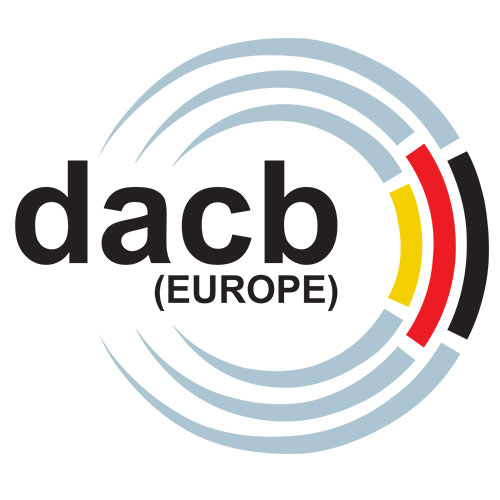TS:16949:2009
TS 16949: 2016
One of the automotive industry’s most widely used international standards for quality management, ISO/TS 16949, has evolved with the publication of a new global industry standard called as Automotive Quality Management System Standard – IATF 16949. On October 3rd, 2016 IATF 16949:2016 was published by the IATF and supersedes and replaces the current ISO/TS 16949.
This Automotive QMS along with applicable automotive customer – specific requirements, ISO 9001: 2015 requirements, and ISO 9000:2015 defines the fundamental quality management system Requirements for automotive production and relevant service parts organizations.
The Goal of this Automotive QMS Standard is the development of a quality management system that provides for continual improvement, emphasizing defect prevention and the reduction of variation and waste in the supply chain.
The potential benefits for an organization implementing this Automotive QMS are
- Consistently meeting product, services, and customer requirements & meeting applicable statutory and regulatory requirements.
- Improved operational processes and greater efficiency
- Enhancing opportunities for customer satisfaction
- Mitigate risk and improve opportunity management with a greater application of risk-based thinking
- Increase involvement of your leadership team
- Enriching quality and continual improvement to the heart of the organization.
This Automotive QMS employs the process approach, which incorporates the Plan-Do-Check-Act (PDCA) cycle and risk-based thinking. The PDCA cycle enables an organization to ensure that its processes are adequately resourced and managed, and that opportunities for improvement are determined and acted on.
Why IATF is required?
Obtaining the IATF 16949 certification demonstrates that the organisation has met the Automotive QMS requirements to create a process of continual improvements with an emphasis on defect prevention and reduction of variation and waste in the supply chain.
Who can Implement IATF?
This Automotive QMS is applicable to all sites of an Organisation where customer-specified production parts, service parts, or accessory parts are manufactured throughout the automotive supply chain.
Certification Procedure
The Certification Procedure is a multiple-step process. The certification cycle is described briefly:
- Application for certification from client
- Offer from EUROCERT
- Offer acceptance from client and order confirmation by EUROCERT
- Pre audit (optional)
- Certification audit – (Stage 1 + Stage 2)
- Issue of certificate on successful completion of certification audit
- Surveillance audits at defined period
- Recertification audit after 3 years
Accreditation


